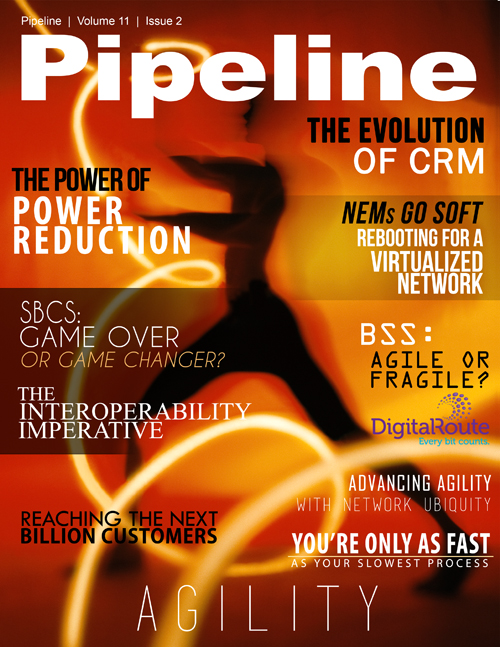Competing with Green: The Power of Power Reduction
By: Jesse Cryderman

The story of power consumption and its relation to computational power is nothing short of astounding. When the first general purpose computer, the ENIAC, was introduced in 1946, it consumed 150 kilowatts of power, cost $6 million (adjusted for inflation), and operated at a pokey 100 kilohertz. Just 50 years later, desktop computers sported 1,000 times the processing power, cost 1,500 times less, and used 5,000 times less energy. In fact, researchers at the University of Pennsylvania fabricated an ENIAC-on-a-chip in 1996, in order to demonstrate the rapid evolution of computing.
Performance per watt continues to be a crucially important metric for mobile devices. When polled in April, consumers said they wanted longer battery life more than any other feature from their smartphones. Today, smartphones sport embedded quad-core processors that sip power like a camel while running like Usain Bolt on steroids. The Qualcomm Snapdragon 800, for example, is a complete system on a chip (SoC) that operates 4 cores at up to 2.3 GHz each with just 2.5 watts of power. All for about $25! If construction technology had advanced at a similar pace, we would build full cities and ecospheres on other planets in minutes for pocket change.
Of course, it’s not just personal computers and communication devices that benefit from the extreme advances in power reduction. Performance per watt is an ever-more-important metric for the agile communications service provider (CSP), and in many ways represents the next frontier of network equipment evolution. As CSPs seek to reduce the operational expense (OPEX) of their networks, data centers, and clouds while simultaneously increase speeds and capacity, power reduction and energy management become table stakes.
About CES 2014
Pipeline continues its legacy of bringing together the world’s leading service providers and technology innovators this fall at The 2014 COMET Executive Summit. This exclusive event
gathering Pipeline journalists, Industry Advisory Board (IAB) Members, and key solution providers will be an intimate symposium to shape the editorial direction of Pipeline, gather
priceless input from executive-level service provider experts, and create lasting industry relationships.
Pipeline’s IAB is an exclusive group of service provider and analyst executives who have long-term relationships with Pipeline and have played a role in Pipeline programs, editorial
direction, and provided content over the last decade. This year, Pipeline opens the doors to provide an opportunity to engage directly with a broad cross section of experts who
evaluate, recommend, and purchase communications and entertainment technology (COMET) products and services. Multiple levels of participation provide your company with an exclusive
networking opportunity, tailored to your goals and budget.
The COMET Executive Summit will bring together executives from the world’s leading service provider and technology companies, in a flexible format that is filled with unprecedented
networking opportunities designed to build relationships that can be carried forward to solve issues facing service providers today. Some of the topics planned for discussion
include:
- Networking
- Customer experience management (CEM)
- Big data & analytics
- Exploring cloud offerings
- Enabling new business models
- Delivering and assuring digital services
- Network evolution & virtualization
- Leveraging content
- Network security
For more information, visit
www.pipelinepub.com/info/comet/2014_comet_summit.php
Technology catches up with Al Gore
Al Gore is notorious for beating a green drum since the 70s because, for most of that time, he was playing solo. Today, however, technology has advanced and many companies are marching to the beat of a similar drum. Major vendor companies like Huawei, Ericsson, Cisco, Alcatel-Lucent, and GENBAND are helping reduce the energy consumption of networks, data centers, and clouds. Service providers like BT are running on wind energy; Verizon is encouraging investment in solar. The GSMA is driving Mobile Energy Efficiency (MEE) projects and the Greentouch consortium seeks to increase network energy efficiency by a factor of 1000. This is all evidence that Green ICT (Information and Computing Technology) is growing.
There are many good reasons that explain this phenomenon. The first is just basic math that communications industry burns $63 billion in coal every year and requires more energy per square foot than any other industry. Given the meteoric rise of traffic, status quo energy consumption and management is simply unsustainable. This challenge is illustrated in Figure 1 on the next page, and appears in inverse proportion to the rise in traffic.




















